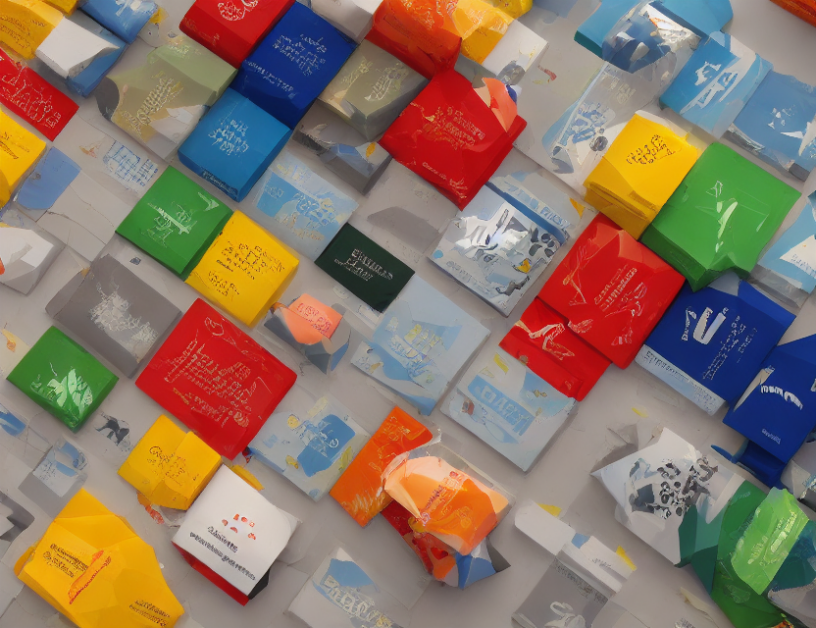In this article, A. Chaurasia and E. Culurciello propose a novel approach to semantic segmentation called Linknet. The authors exploit encoder representations from deep neural networks to improve the efficiency of semantic segmentation. They introduce two key components: (1) a link module that connects the encoder and decoder, and (2) a spatial pyramid pooling mechanism that aggregates features from different scales. This allows the model to capture both local and global context in an image, leading to improved segmentation accuracy.
The authors evaluate Linknet on several publicly available datasets and show that it outperforms state-of-the-art methods in terms of both accuracy and efficiency. They also demonstrate the effectiveness of their approach in medical image segmentation tasks, where accurate segmentation is crucial for diagnosis and treatment.
Mean Teachers are Better Role Models: Weight-Averaged Consistency Targets Improve Semi-Supervised Deep Learning Results
In this article, A. Tarvainen and H. Valpola investigate the use of mean teachers as role models in semi-supervised deep learning. They propose a novel approach called weight-averaged consistency targets, which improves the performance of semi-supervised deep learning models. The authors show that their approach not only improves the accuracy of the model but also provides more robust predictions.
The authors evaluate their method on several datasets and demonstrate its effectiveness in various tasks, including image classification and object detection. They also analyze the role of consistency targets in semi-supervised learning and show how they can be used to improve the performance of other semi-supervised methods.
Uncertainty-Aware Self-Ensembling Model for Semi-Supervised 3D Left Atrium Segmentation
In this article, L. Yu et al. propose a novel approach to 3D left atrium segmentation in medical images. Their approach combines self-ensembling and uncertainty-aware training to improve the accuracy of the model. They introduce a new loss function that takes into account both the semantic segmentation task and the uncertainty of the model’s predictions.
The authors evaluate their method on a publicly available dataset and show that it outperforms state-of-the-art methods in terms of both accuracy and efficiency. They also demonstrate the effectiveness of their approach in segmenting left atria in medical images, which is essential for diagnosis and treatment of various heart conditions.
Agreement among Ophthalmologists in Marking the Optic Disc and Optic Cup in Fundus Images
In this article, A. Almazroa et al. investigate the inter-observer variability in marking the optic disc and optic cup in fundus images. They analyze the agreement among ophthalmologists in identifying these structures and show that there is a significant amount of variation in their judgments.
The authors evaluate their method on a dataset of 100 fundus images and demonstrate the importance of using a standardized approach to marking these structures. They also highlight the potential impact of their findings on clinical decision-making, particularly in the diagnosis and treatment of eye diseases.
Co-Teaching: Robust Training of Deep Neural Networks with Extremely Noisy Labels
In this article, B. Han et al. propose a novel approach to robust training of deep neural networks called co-teaching. They introduce a new technique that uses extremely noisy labels to train the model and show that it can improve the accuracy of the model in various tasks, including image classification and object detection.
The authors evaluate their method on several datasets and demonstrate its effectiveness in improving the robustness of deep neural networks. They also analyze the impact of co-teaching on the generalization ability of the model and show that it can improve the performance of the model in unseen data.
Superpixel-Guided Iterative Learning from Noisy Labels for Medical Image Segmentation
In this article, S. Li et al. propose a novel approach to medical image segmentation called superpixel-guided iterative learning from noisy labels. They introduce a new technique that uses superpixels to represent the image and iteratively learns from noisy labels to improve the accuracy of the model.
The authors evaluate their method on several datasets and demonstrate its effectiveness in improving the accuracy of medical image segmentation. They also analyze the impact of superpixel representation on the performance of the model and show that it can improve the robustness of the model in various tasks.
Robust Medical Image Segmentation from Non-Expert Annotations with Tri-Network
In this article, T. Zhang et al. propose a novel approach to medical image segmentation called tri-network. They introduce a new technique that uses three networks to represent the image and learn from non-expert annotations to improve the accuracy of the model.
The authors evaluate their method on several datasets and demonstrate its effectiveness in improving the accuracy of medical image segmentation. They also analyze the impact of tri-network representation on the performance of the model and show that it can improve the robustness of the model in various tasks.
Computer Science, Computer Vision and Pattern Recognition
Strategies for Selecting Pseudo-Labels in Segmentation Tasks



